How to make the perfect popcorn?
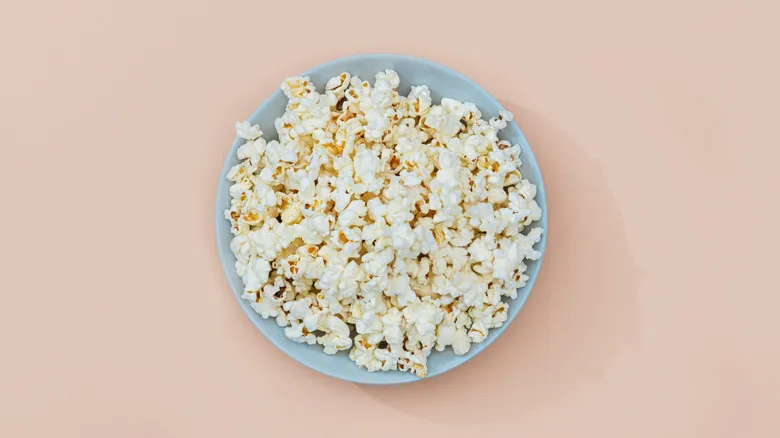
To enhance the texture of your popcorn, begin with high-quality kernels. Since the popping process depends on the right moisture level, aim for kernels with a moisture content of 14%-15% for optimal results. This makes proper storage essential. Keeping your kernels in a well-sealed container in your pantry or another dry area will help preserve the ideal moisture balance. When heated, the water inside the kernels turns to steam, creating pressure against the hull until it bursts. However, if you're using a lid, steam can build up in the pot. To prevent this, simply tilt the lid to allow steam to escape while the kernels pop.
It's also vital to monitor the amount of oil you use. The ideal ratio is three tablespoons of oil for every 1/3 cup of kernels. This amount is sufficient to coat the kernels and form a barrier that keeps moisture out. Be cautious not to use too much oil, as it can result in chewy popcorn. Additionally, ensure that the kernels heat evenly. They pop best at temperatures between 400 and 460 degrees Fahrenheit and require constant shaking. Without this, they may burn, or if heated too slowly, they can release moisture and cause the starch to overcook. Lastly, avoid letting the popcorn sit out for too long, as it can absorb humidity and lose its crispiness.
Now that you have the fundamentals down, think about making your popcorn taste divine or adding a single ingredient that can give it a cheesy flavor. You might also want to try Ina Garten's tip for elevating your microwave popcorn.
Recommended
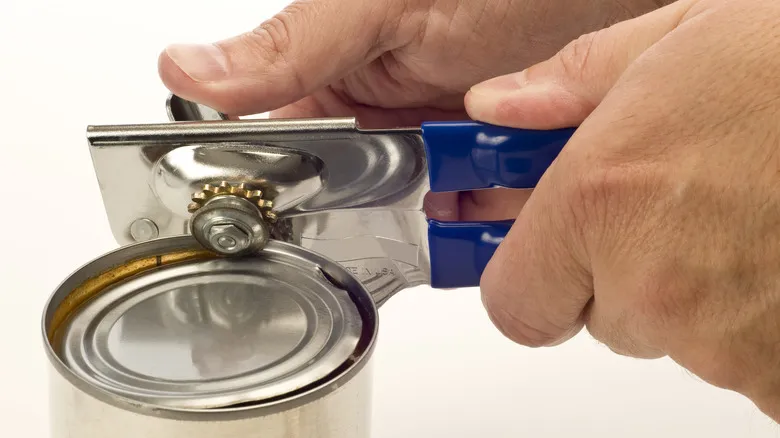
Get The Gunk Out Of Your Can Opener With 2 Kitchen Staples
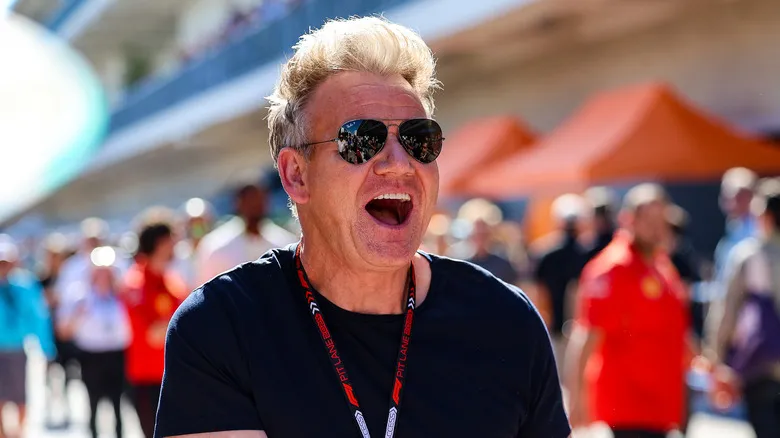
Gordon Ramsay Thinks Every Kitchen Needs 2 Types Of Blenders
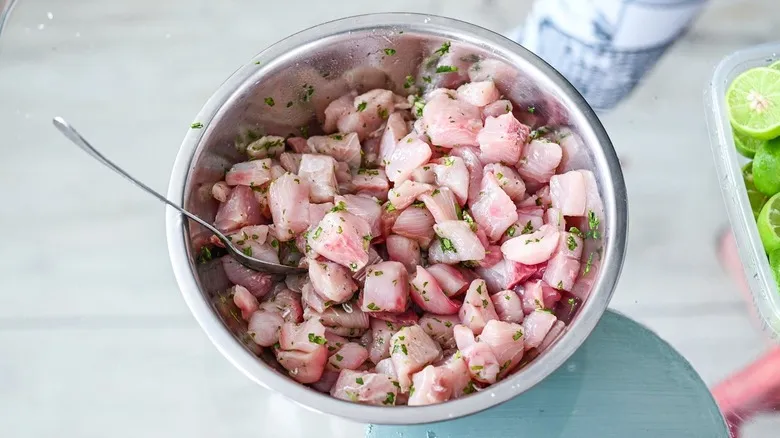
The Type Of Fish You Should Avoid Buying When Making Ceviche
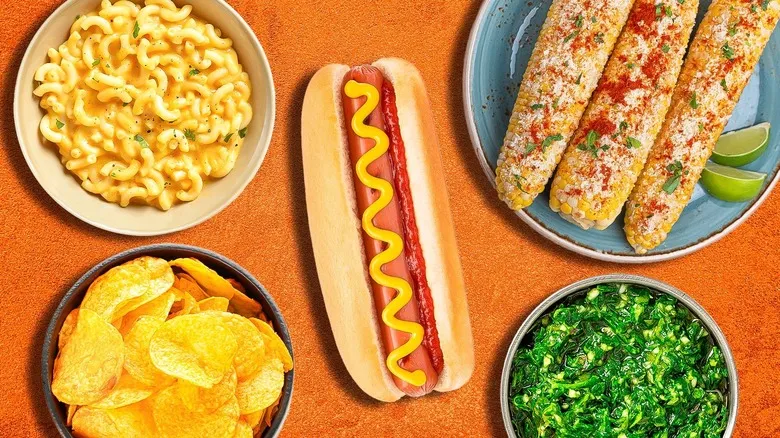
15 Unconventional Toppings That Take Hot Dogs To The Next Level
Next up

